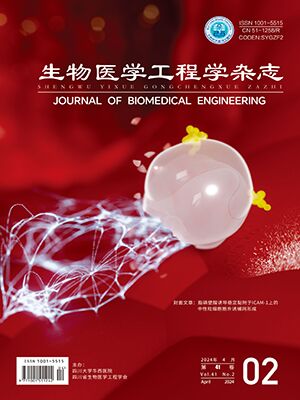The inverse problem of diffuse optical tomography (DOT) is ill-posed. Traditional method cannot achieve high imaging accuracy and the calculation process is time-consuming, which restricts the clinical application of DOT. Therefore, a method based on stacked auto-encoder (SAE) was proposed and used for the DOT inverse problem. Firstly, a traditional SAE method is used to solved the inverse problem. Then, the output structure of SAE neural network is improved to a single output SAE, which reduce the burden on the neural network. Finally, the improved SAE method is used to compare with traditional SAE method and traditional levenberg-marquardt (LM) iterative method. The result shows that the average time to solve the inverse problem of the method proposed in this paper is only 1.67% of the LM method. The mean square error (MSE) value is 46.21% lower than the traditional iterative method, 61.53% lower than the traditional SAE method, and the image correlation coefficient(ICC) value is 4.03% higher than the traditional iterative method, 18.7% higher than the traditional SAE method and has good noise immunity under 3% noise conditions. The research results in this article prove that the improved SAE method has higher image quality and noise resistance than the traditional SAE method, and at the same time has a faster calculation speed than the traditional iterative method, which is conducive to the application of neural networks in DOT inverse problem calculation.
Citation: TIAN Wenxu, YANG Dan, WEI Zhulin, WANG Jiao. Study on the inverse problem of diffuse optical tomography based on improved stacked auto-encoder. Journal of Biomedical Engineering, 2021, 38(4): 774-782. doi: 10.7507/1001-5515.202010041 Copy




